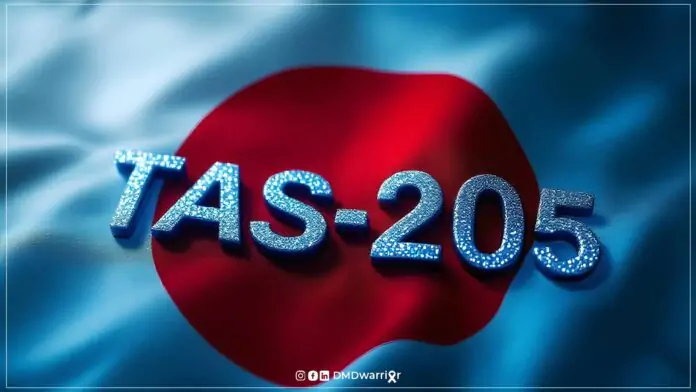Taiho Pharmaceutical announced that the results of a phase III, randomized, placebo-controlled, double-blind and open-label, extension study of TAS-205 (Pizuglanstat) in patients with Duchenne muscular dystrophy showed no significant difference in the mean change from baseline to 52 weeks in the time to rise from the floor, which was the primary endpoint in the ambulatory cohort of the study.
Table of Contents
TAS-205 Phase 3 Clinical Study NCT04587908
The ambulatory cohort of this study was conducted in Japan as a placebo-controlled, multi-center, double-blind comparative study in male DMD patients aged 5 years and older. The purpose of this study is to evaluate the efficacy of TAS-205 by orally administering TAS-205 or a placebo twice daily for 52 weeks. A total of 82 patients were enrolled in 26 sites from November 2020 to December 2023. Detailed results from this study will be presented at an appropriate upcoming academic conference.
Learn More: TAS-205 Phase 3 Clinical Study
What is TAS-205?
TAS-205 (INN: pizuglanstat) is a selective hematopoietic prostaglandin D synthase (HPGDS*) inhibitor discovered by Taiho Pharmaceutical. It is under development as a DMD treatment which can be used regardless of the dystrophin gene mutation type, controlling the decline in motor function in DMD patients by inhibiting HPGDS, which exacerbates the inflammatory response in DMD patients’ muscles.
*HPGDS: Hematopoietic prostaglandin D synthase
TAS-205 DMD Therapy Misses The Mark in Phase 3 Trial
Although Taiho did not address the future of pizuglanstat or REACH-DMD, it stated that it would present the study’s findings at a future medical conference. Clinical studies for the medication don’t seem to have begun outside of Japan.
The DMD community is disappointed by the outcome since pizuglanstat was promoted as a potential treatment for DMD that could be applied irrespective of the kind of dystrophin gene mutation causing the illness. A new therapy strategy for DMD involves focusing on HPGDS, which intensifies the inflammatory response in the muscles of DMD patients.
Read More: Cures of Duchenne (List of All Researches)
A cell therapy for DMD cardiomyopathy (deramiocel), created by Capricor Therapeutics, is scheduled to be examined by an FDA advisory committee later this month. Additionally, there is a gene therapy option, Sarepta/Roche’s Elevidys (delandistrogene moxeparvovec), though it has been affected by patient deaths brought on by acute liver failure in non-ambulatory DMD patients.



